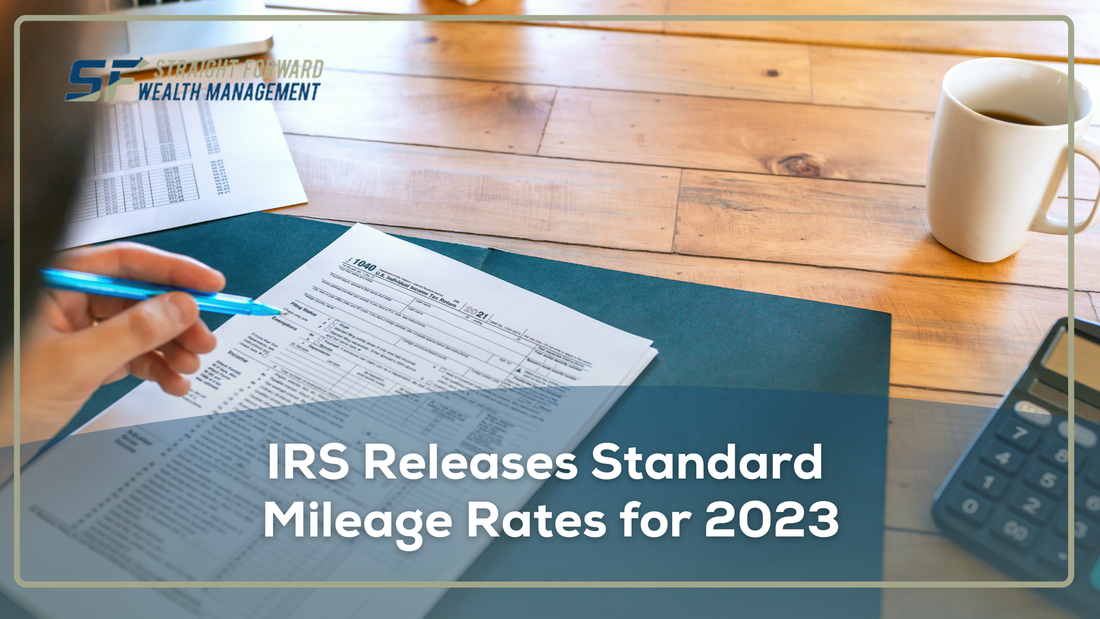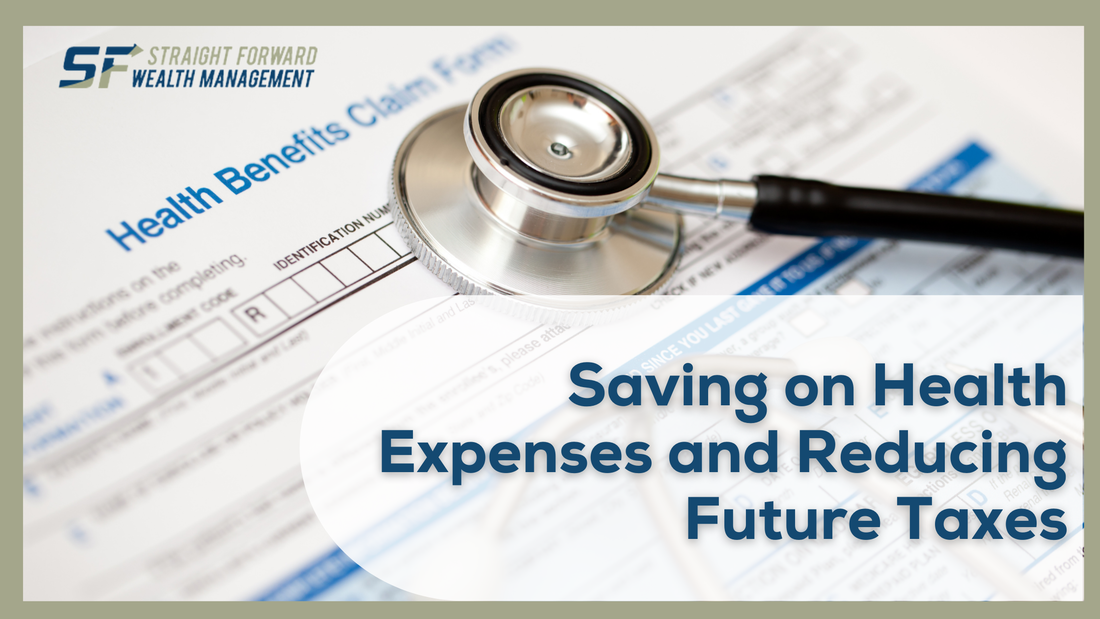Your Social Security retirement benefit may be taxable?
Did you know that you might have to pay federal income tax on your Social Security retirement benefit? If the only income you had during the year was Social Security income, then your benefit usually isn't taxable. However, if you earned other income during the year or had substantial investment income, then you might have to pay federal income tax on part of your benefit if your total income exceeds a certain base amount.
Is your benefit Taxable?
If you have earned income or investment income over the base amount, you can use certain strategies to minimize (or even eliminate) the amount of tax you have to pay on your Social Security benefit. These strategies include changing your filing status and reducing your modified adjusted gross income (MAGI). However, before using these strategies consult your tax advisor for information on your individual situation.
Determining whether your Social Security retirement benefit is taxable
Before you consider ways to minimize taxation of your Social Security retirement benefit, you must determine whether your benefit is taxable at all. Your benefit is taxable if one-half of your Social Security benefit plus your MAGI exceeds the base amount for your filing status.
Your MAGI includes taxable pensions, wages, interest, dividends, and other types of taxable income. It also includes tax-exempt interest income plus normally excludable income such as interest from Series EE savings bonds (which may also be called Patriot bonds) and the foreign earned income of U.S. citizens and residents.
Your filing status
When you fill out your federal income tax return, you choose your filing status based on your marital status. You can file in one of five ways: single, married filing jointly, married filing separately, unmarried head of household, or qualifying widow or widower (with a dependent child). For Social Security purposes, your filing status is important because the amount of income you can have before your benefit is taxable depends partly on your filing status.
The base amount for your filing status
How much income you can have before your Social Security benefit becomes taxable is known as the base amount. The base amount is determined by law and is not adjusted annually for inflation. The base amount that you use to determine the taxability of your Social Security benefit depends upon your filing status. Your base amount is:
- $25,000 if you file as single, head of household, or qualifying widow(er)
- $25,000 if you file as married filing separately and you lived apart from your spouse for all of the tax year
- $32,000 if you file as married filing jointly
- $0 if you file as married filing separately and you lived with your spouse at any time during the tax year
At the end of each tax year, the Social Security Administration (SSA) will send you a form (SSA-1099 or RRB-1099) showing the amount of benefit you received during the year. You can use this to figure out whether any of your benefit will be taxable.
Adding it all up
You can use Worksheet A in IRS Publication 915, Social Security and Equivalent Railroad Retirement Benefits to calculate whether your total income (as defined above) exceeds the base amount for your filing status. This worksheet has the following steps:
- A. Enter the amount from box 5 of all your Forms SSA-1099 and RRB-1099. Include the full amount of any lump-sum benefit payments received in the current tax year, for the current tax year and earlier years. (If you received more than one form, combine the amounts from box 5 and enter the total.)
- Note: If the amount on line A is zero or less, stop here; none of your benefits are taxable this year.
- B. Enter one-half of the amount on line A.
- C. Enter your taxable pensions, wages, interest, dividends, and other taxable income.
- D. Enter any tax-exempt interest income (such as interest on municipal bonds) plus any exclusions from income.
- E. Add lines B, C, and D.
- Note: Compare the amount on line E to your base amount for your filing status. If the amount on line E equals or is less than the base amount for your filing status, none of your benefits are taxable this year. If the amount on line E is more than your base amount, some of your benefits may be taxable. You need to complete Worksheet 1.
How much of your benefit is taxable?
What percentage of your retirement benefit is taxable?
Even if you determine that your Social Security retirement benefit is taxable, you won't have to pay tax on your whole benefit. Either up to 50 percent or up to 85 percent of your benefit will be taxable, depending on your filing status and whether the total of your MAGI and one-half of your Social Security benefit exceeds a certain limit.
What is your modified adjusted gross income?
On IRS Form 1040, adjusted gross income (AGI) is your gross income minus certain "above-the-line" deductions allowed by law. These include:
- Certain business expenses of reservists, performing artists, and fee-basis government officials
- IRA deduction
- Student loan interest deduction
- Health savings account deduction
- Deductible part of self-employment tax
- Self-employed health insurance deduction
- Self-employed SEP, SIMPLE, and qualified plans
- Penalty on early withdrawal of savings
- Domestic production activities deduction
Your MAGI is your AGI, minus (or not including) the taxable amount of your Social Security benefits, plus income that is normally not included in AGI (such as foreign earned income and income from qualified U.S. savings bonds).When up to 50 percent of your retirement benefit will be taxable
When Up to 50 percent of your retirement benefit will be taxable
if the total of one-half of your benefits and your MAGI is more than the following base amount for your filing status:
- $25,000 if you're filing as single, head of household, or qualifying widow(er)
- $25,000 if you're filing as married filing separately and you lived apart from your spouse for the whole tax year
- $32,000 if you're filing as married filing jointly
When up to 85 percent of your benefit will be taxable
Up to 85 percent of your retirement benefit will be taxable if one-half of your Social Security benefit plus your MAGI exceeds the following base amount for your filing status:
- $34,000 if you're filing as single, head of household, or qualifying widow(er)
- $34,000 if you're filing as married filing separately and you lived apart from your spouse for the whole tax year
- $44,000 if you're filing as married filing jointly
- $0 if you're filing as married filing separately and you lived with your spouse at any time during the tax year
Because the calculation is complex, you need to use a worksheet to compute your taxable benefit. Several worksheets are available from the IRS. What worksheet you use depends upon your situation. In general, you can use the worksheet available in the instructions for IRS Form 1040 (or 1040A) or Worksheet 1 in Publication 915. However, you must use a worksheet specified by the IRS if any of the following situations apply to you:
- You contributed to a traditional individual retirement arrangement (IRA) and your IRA deduction is limited because you or your spouse is covered by a retirement plan at work. In this situation, you must use the special worksheets in Appendix B of Publication 590 to figure both your IRA deduction and your taxable benefits.
- Situation (1) doesn't apply and you take an exclusion for interest from qualified U.S. savings bonds (IRS Form 8815), for adoption benefits (IRS Form 8839), for foreign earned income or housing (IRS Form 2555 or IRS Form 2555-EZ), or for income earned in American Samoa (IRS Form 4563) or Puerto Rico by bona fide residents. In this situation, you must use Worksheet 1 in Publication 915 to figure your taxable benefits.
- You received a lump-sum payment for an earlier year. In this situation, also complete Worksheet 2 or 3 and Worksheet 4 in Publication 915.
You may be able to deduct the amount of Social Security retirement benefit that was taxed from your state income tax return.
Check with your tax advisor or state tax official to find out if your state allows this deduction.
Questions & Answers
If your child receives Social Security benefits but the check is made out to you due to his or her age, do you need to include the amount of benefit your child receives in the calculation to determine whether your own Social Security benefit is taxable?
No. Your child's benefit doesn't affect whether your benefit is taxable, even if the check is made out in your name.
When will you receive your annual statement from the Social Security Administration showing how much benefit you were paid during the year?
You should receive your annual statement by January 31 of the year following the year of benefit payments.
If you know that you're going to owe income tax on your Social Security benefit, can you have that tax withheld?
Yes. You can fill out IRS Form W-4V, Voluntary Withholding Request, and choose to withhold a specific percentage of your total benefit payment. If part of your benefit is taxable, you may have to make estimated tax payments or request additional withholding from other income next year.
Content in this material is for general information only and not intended to provide specific advice or recommendations for any individual. All performance referenced is historical and is no guarantee of future results. All indices are unmanaged and may not be invested into directly.
The information provided is not intended to be a substitute for specific individualized tax planning or legal advice. We suggest that you consult with a qualified tax or legal professional.
LPL Financial Representatives offer access to Trust Services through The Private Trust Company N.A., an affiliate of LPL Financial.
This article was prepared by Broadridge.
LPL Tracking #1-276503








 RSS Feed
RSS Feed


